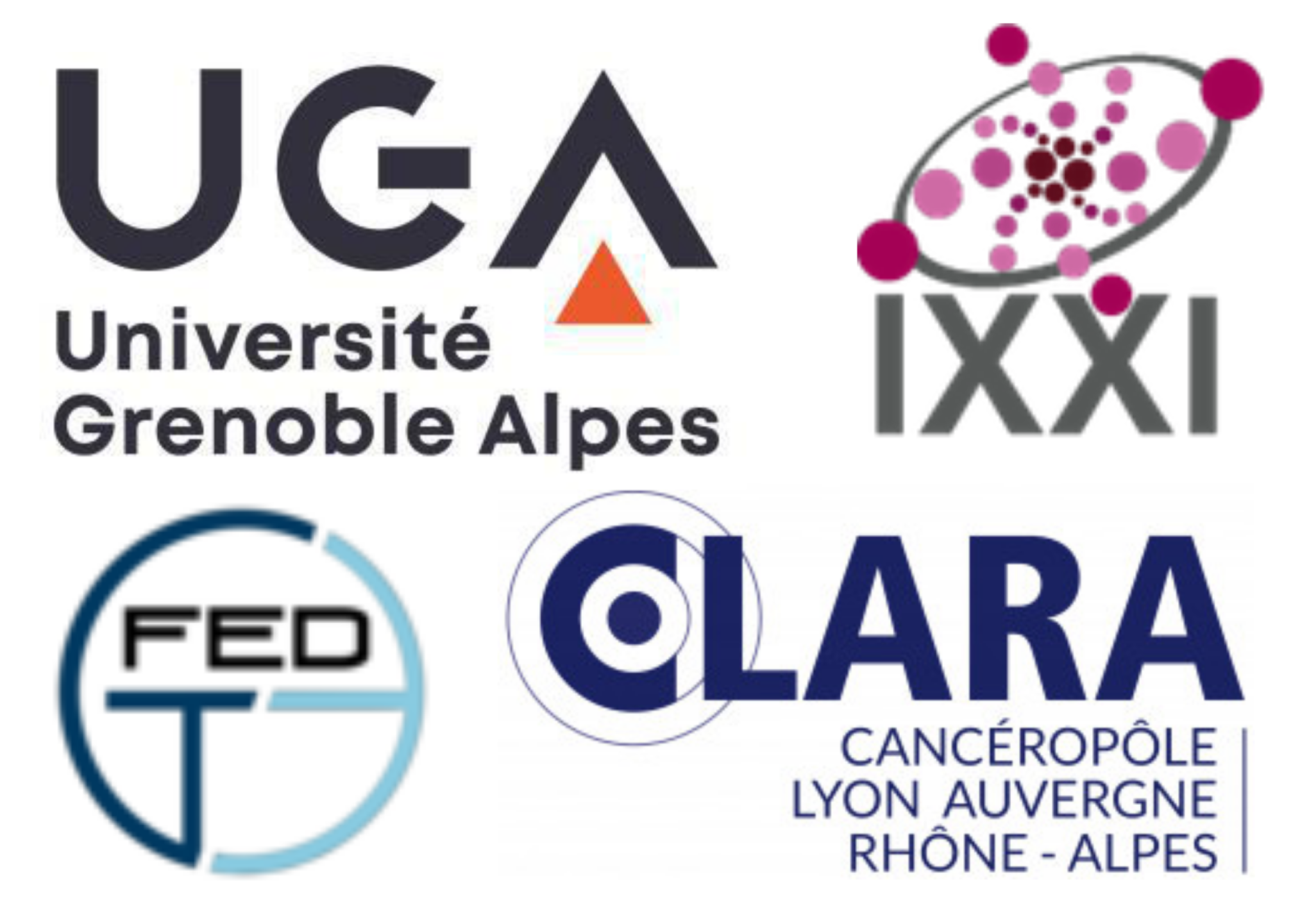Juliette Codevelle1 , E. Bastien1 , A. Tillement2 , O. Tillement1 , F. Lux1 , Clair Poignard3 , Charlotte Rivière1,4,5
1Univ Lyon, Université Claude Bernard Lyon 1, CNRS, Institut Lumière Matière, UMR 5306, Villeurbanne, France 2 Nano-H SAS, France 3 INRIA Bordeaux, France 4 Institut Universitaire de France (IUF), France 5 Institut Convergence PLAsCAN, Centre de Cancérologie de Lyon, INSERM U1052-CNRS UMR5286, Univ Lyon, Université Claude Bernard Lyon 1, ntre Léon Bérard, Lyon, France
Colorectal cancer is the third most common type of cancer worldwide, with almost 2 million cases diagnosed in 2020. Despite a growing number of innovative anti-cancerous therapeutic strategies, the vast majority of drug candidates, including nanotherapies, fail in clinical trials. This failure is largely attributed to the difficulty of modeling and predicting the in-vivo transport and therapeutic efficacy to the target site. In this context, the development of an integrated 3D multicellular spheroids in vitro platform offers a promising approach to predict patient responses to treatment. We used human colon cancer cell lines (HCT116 and HT29) to initiate spheroids that mimic avascular tumor features (hypoxia, metabolic constraints). Based on a multi-microwell agarose mold, our experimental set-up allows easy high-content drug screening and spheroid growth monitoring. First, spheroid growth was quantified using a combination of microscopy and mathematical modeling to predict cell proliferation states. Our results demonstrate that our set-up can be used to study the impact of environmental metabolic constraints on spheroid growth. Next, the transport and internalization properties of chitosan-based nanoparticles (MexCD1@Dotaga) were analyzed, and appear to demonstrate cellular uptake by endocytosis and efficient diffusion into spheroids. Overall, this study integrates experimental and modeling approaches to advance the understanding of nanoparticle transport and therapeutic outcomes in 3D model recapitulating key features of tumour environment.


 PDF version
PDF version
